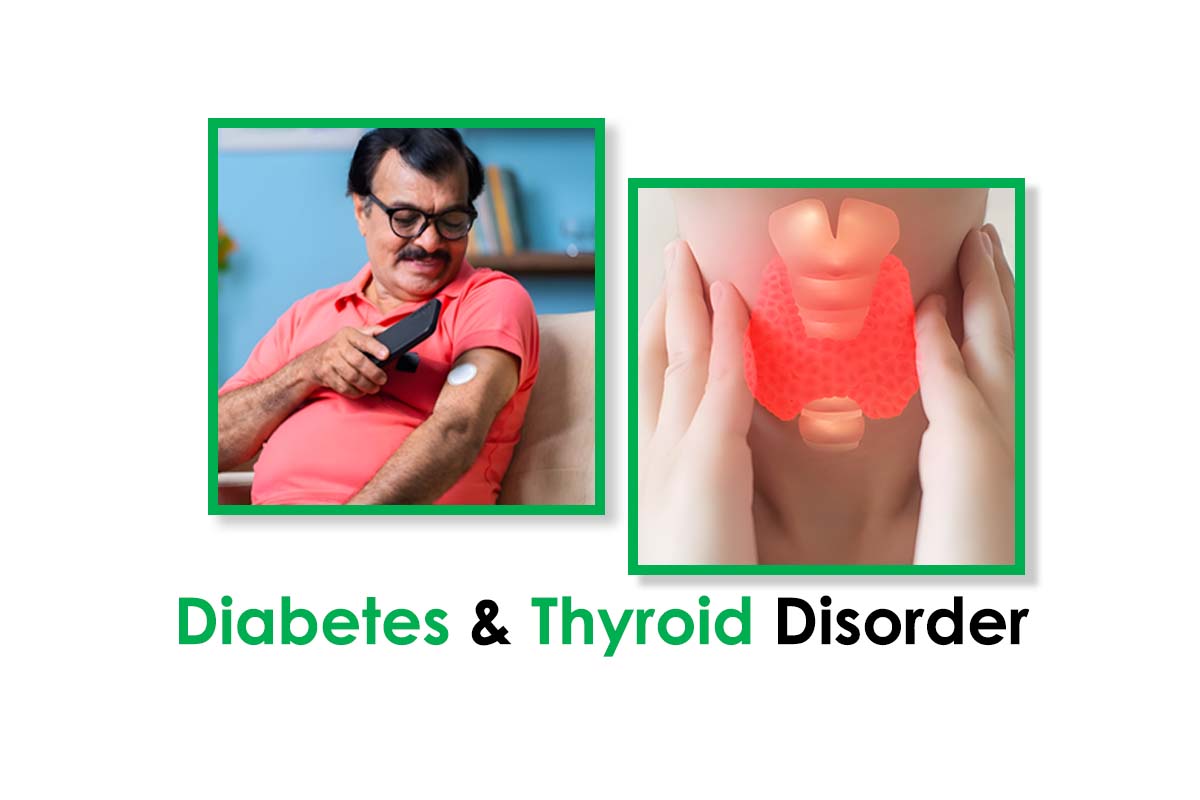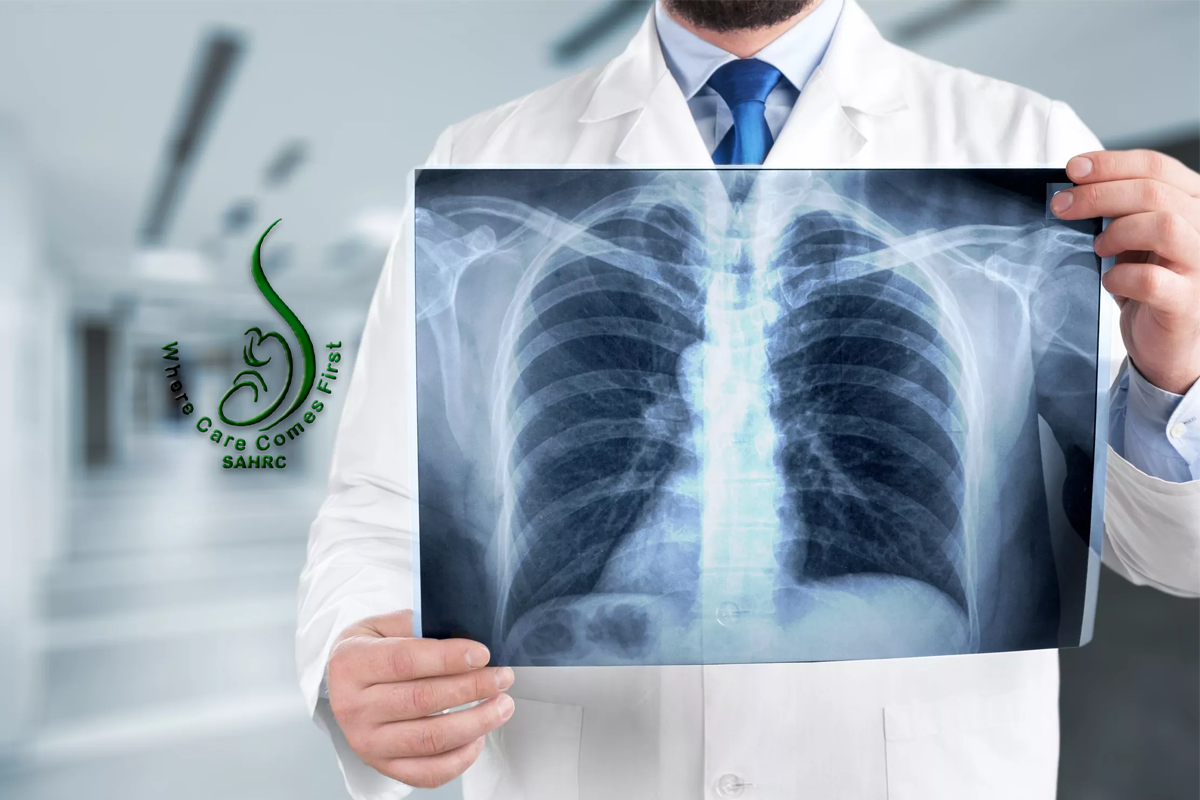
Diabetes and thyroid disorders are two distinct but commonly coexisting medical conditions. Here's an overview of each:
Managing both diabetes and a thyroid disorder requires coordination between an endocrinologist and other healthcare providers. Monitoring symptoms and regular check-ups are crucial for effective management and improving quality of life.

The Dietary & Nutrition Department within a healthcare setting focuses on promoting optimal nutrition and dietary habits to support patients' overall health, manage medical conditions, and prevent diseases. Here's an overview of what this department typically involves:
Roles and Responsibilities:
Technological Integration:
Patient-Centered Care:
In summary, the Dietary & Nutrition Department plays a critical role in promoting health, managing diseases, and improving quality of life through evidence-based nutrition interventions, education, and support across various healthcare settings.

The General & Minimally Invasive Surgery department in a hospital typically encompasses a broad range of surgical procedures and treatments aimed at addressing various medical conditions using both traditional and advanced minimally invasive techniques. Here’s an overview of what this department typically involves:
In summary, the General & Minimally Invasive Surgery department plays a crucial role in diagnosing and treating a wide range of conditions through both traditional open surgeries and advanced minimally invasive techniques, aiming to improve patient outcomes and recovery experiences.

The General Medicine department in a hospital serves as the primary point of contact for patients with a wide range of medical conditions that do not necessarily require surgical intervention. Here are the key aspects and services typically provided by the General Medicine department:
Overall, the General Medicine department plays a pivotal role in the overall healthcare system, providing essential medical care, managing chronic diseases, handling emergencies, and promoting preventive health measures to enhance patient well-being and longevity.

The Obstetrics and Gynaecology (OB/GYN) department in a hospital is dedicated to the medical care of women, focusing primarily on pregnancy, childbirth, and the female reproductive system. Here are some key aspects and services typically provided by the OB/GYN department in a hospital:
The OB/GYN department in a hospital plays a crucial role in women's health throughout various stages of life, from adolescence through menopause and beyond. It aims to provide comprehensive medical care, support, and education to promote women's health and well-being.

The Orthopedics department focuses on the diagnosis, treatment, and rehabilitation of musculoskeletal conditions, which involve the bones, joints, muscles, ligaments, tendons, and nerves. This specialty addresses a wide range of issues from fractures and sports injuries to degenerative diseases and congenital disorders affecting the musculoskeletal system. Here's a detailed overview of what the Orthopedics department typically involves:
Diagnostic Techniques:
Treatment Modalities:
Postoperative Care and Rehabilitation:
Team Approach: Orthopedic surgeons collaborate with other healthcare professionals such as anesthesiologists, radiologists, physiatrists, and primary care physicians to ensure comprehensive care.
In summary, the Orthopedics department is essential for managing a wide spectrum of musculoskeletal conditions through both conservative and surgical interventions, aiming to improve mobility, alleviate pain, and enhance quality of life for patients of all ages.

A Pediatric Centre, often known as a Pediatric Clinic or Children is Medical Center, is a specialized healthcare facility dedicated to the medical care of infants, children, and adolescents. These centers provide a wide range of services aimed at promoting the health and well-being of young patients.

The Radiology Department plays a crucial role in modern medicine by providing diagnostic imaging services that help in the detection, diagnosis, and treatment planning of various medical conditions. Here's an overview of what the Radiology Department typically involves:
Diagnostic Imaging Modalities:
Roles and Responsibilities:
Specialized Areas Within Radiology:
Technological Advancements:
Patient Care and Safety:
In summary, the Radiology Department is integral to modern healthcare, providing essential diagnostic imaging services that aid in the diagnosis and treatment of a wide range of medical conditions, contributing significantly to patient care and management.

Urology is a medical specialty that focuses on the diagnosis and treatment of conditions related to the male and female urinary tract and the male reproductive system. Urologists are physicians who specialize in urology and address a wide range of medical issues, from common urinary tract infections to complex surgical procedures.
© Sai Aastha Hospital & Research Center. All Rights Reserved.
Designed by MEDVENT